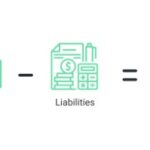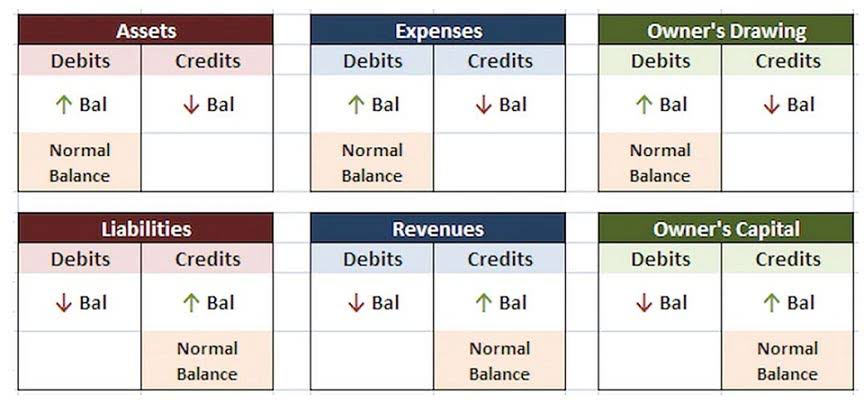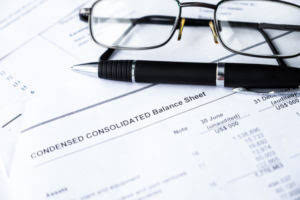The 2007 iPhone’s product life cycle immediately shortened with the release of the 2008 iPhone 3G. While it could be considered a collector’s item, its function is effectively useless after years of new devices and software updates. Depending on the type of business you own and the offerings you sell, you might prioritize one of these factors over the others.
Use AI to hit your forecast every time
During the holiday season, customers will pay \$22.50 rather than the action figure’s \$30 original cost. This is an example where the actual selling price and the average selling price don’t match exactly. It happens for several reasons, like introducing a lower-priced sale item to sell inventory faster or an unplanned discount to smooth over a customer interaction. It might also occur if you don’t account for selling price factors. The amount you can sell your home for depends on several factors, including the condition of your home, the current market conditions, and comparable sales in your area.
- Setting the right price for your home is one of the most critical decisions you’ll make when selling.
- This valuable information can inform future pricing decisions, enabling you to align your prices with what your customers value most.
- In March, the average new vehicle list price was $49,500, the report said.
- Another interpretation of the term is that it is simply the price at which something sells.
- The business leaders want to know the average selling price of Hot Pie’s bread machines.
- This price setting can also be used as a barometer for companies that need to determine the selling price of their products.
- Despite that drop, the Rogue still delivered the highest volume in sales.
Pricing your home right from the start is crucial
Boston is the ninth NBA team to have a controlling ownership sale since 2019, as team owners cash out for large returns. Current Celtics minority owner Stephen Pagliuca and Philadelphia Phillies minority owner Stan Middleman were among the other bidders for the Celtics. Stevens met with the final four sales candidates in the final month preceding the sale, according to league how to charge interest on an invoice sources.
Best Startup Business Credit Card (UK
If your business purchases inventory in bulk and sells it, you’ll want your selling price per unit to be higher than what you paid to turn a profit. While that’s not as bad as losing money, it’s certainly not as good as making it. Now that we understand the average selling price and how to calculate it, let’s apply this concept to the actual selling price and apply these formulas to a scenario. When using HubSpot’s CRM, first, make sure you look at deals that closed in your desired period. The data you need is the sum of the total revenue from the closed-won deals and the number of units from the closed-won deals. To find the average selling price, divide the sum of the total revenue by the total number of units.
With the correct selling price in place, your business can earn a profit and win over loyal customers along the way. Based on the formula, Hot Pie’s Bakery Supply has a selling price. When the selling and cost price are nearly the same, the company may break even. To break even means to neither make a profit nor a loss, i.e., a profit of zero. As the name suggests, ‘cost price’ in accounting is a cost, i.e., the resources a business uses to make something. It is important not to confuse the term with ‘cost price.’ Cost price is what the company pays the supplier to produce or buy a product, component, or raw material.
Selling Price Formula and Calculation
She has covered weather, and major breaking news events in South Florida. Anna joined Newsweek in 2022 from The National Desk in Washington, D.C. If you want to buy the Deluxe Beverage Package, all adults in the same stateroom are required to purchase the same package. There’s no penalty for cancelling and rebooking, and the refund from the original purchase will come back to your original form of payment in about a week or less.
Benefits of A/B Testing for Pricing:
- The data you need is the sum of the total revenue from the closed-won deals and the number of units from the closed-won deals.
- In most cases, the production cost serves as a guide to determine the final selling price of a product or service.
- Boston is the ninth NBA team to have a controlling ownership sale since 2019, as team owners cash out for large returns.
- “These actions will improve affordability for customers and boost competitiveness of the models in their respective segments,” spokesperson Kaitlyn Jefferson wrote in an email.
- They share common characteristics such as demographics (age, income, location), interests, needs, and pain points.
ROS is concerned with keeping the money you make through sales, prioritizing month end close process operational efficiency. Leaders and investors can use this to see if a business has the potential to keep even more. Ford Motors announced new discounted pricing for prospective customers Thursday, on the heels of President Donald Trump’s sweeping tariff plan, which includes a 25 percent tariff on auto imports.
Royal Caribbean offers up to 40% drink package prices if you buy at the right time
By automating data collection and analysis, businesses can accurately track costs, identify cost-saving opportunities, and make data-driven pricing decisions. All of this can contribute hugely to developing a more informed pricing strategy. For value-based pricing, suppose our battery company has a well-selling battery bank but also wants to boost the sales of a new product, a rapid charger.
Elementor’s website builder provides features for easily creating different landing page variations, and many marketing tools integrate with Elementor to enable A/B testing functionalities.
So, while the original price of the sneakers was $150, the sale price you would pay, thanks to the 30% discount, is $105. Markup is the amount of difference between an item’s cost and its selling price. Usually, depending on the industry type, it is demonstrated as a percentage of the cost. It’s essential to have the quality and exceptional customer experience to back up your high prices and ensure long-term customer loyalty.
Alternatively, electronics typically have a shorter product life cycle than books. Rowling novel, “Harry Potter and the Deathly Hallows.” Both products came out in 2007. This metric is typically affected by the type of product and its life cycle. The ASP tells us the average price that companies sold something for. To calculate the adjusting entries are dated ASP you gather several prices, add them up, and then divide the total by the number of prices. Once you have your agent’s input, take some time to research the broader market trends in your area.
Nissan reported Tuesday that its U.S. first-quarter sales rose 5.7% over a year earlier to 267,085 vehicles sold, which includes its luxury line Infiniti. But sales of the Rogue plummeted in the quarter by 32% to 62,102 SUVs sold. Despite that drop, the Rogue still delivered the highest volume in sales. Mekaila is a Marketing Program Manager at Redfin and has spent the last 5+ years covering topics like interior design, real estate trends, and buying/selling resources. She lives in the Greater Seattle area and enjoys trying new restaurants, traveling, and spending time with family/friends. She dreams of a modern and warm home with lots of natural light, sunset views, and a backyard perfect for hosting.
Any onboard credit you used for the purchase will become available immediately. It’s much easier to make the value proposition work in your favor if you are a social drinker, specialty coffee lover, or like to try a a lot of drinks. Depending on the sale, there could be no discount on your sailing, or truly deep savings. Royal Caribbean usually advertises “up to 40% off”, which means it may not be exactly that sort of a discount. Hitesh Bhasin is the Founder of Marketing91 and has over a decade of experience in the marketing field.







